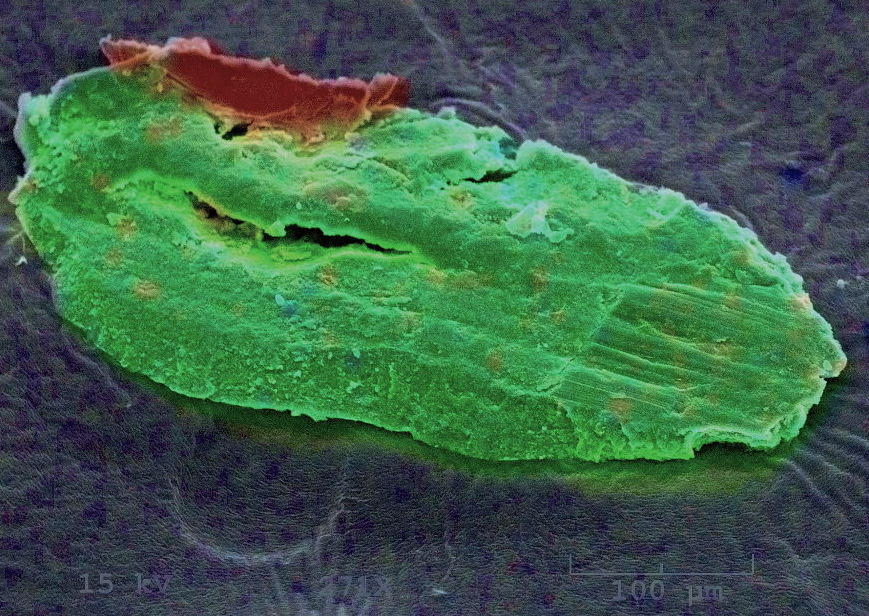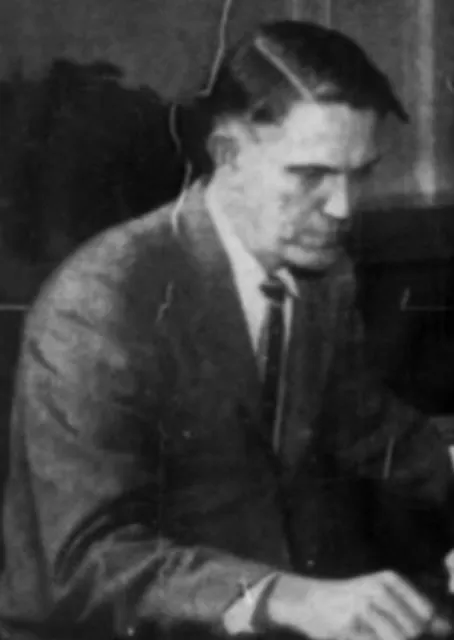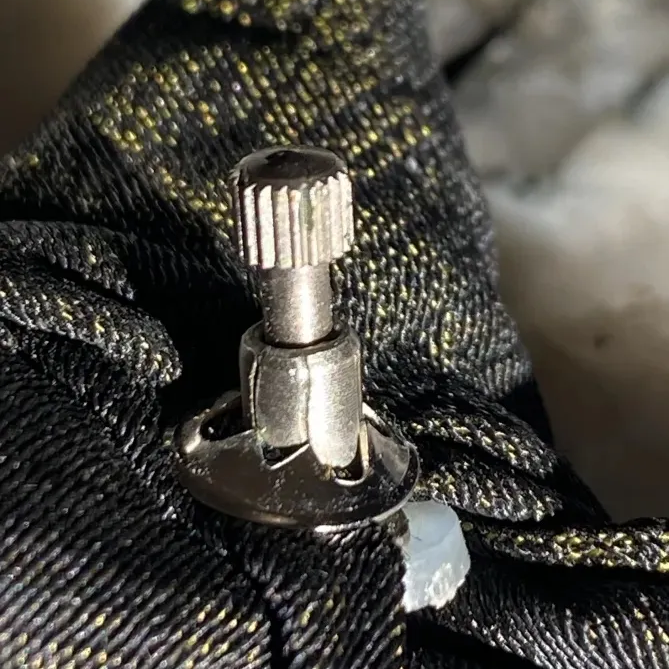DB Cooper Case Could Close Soon Thanks To Particle Evidence [Hackaday]

It’s one of the strangest unsolved cases, and even though the FBI closed their investigation back in 2016, this may be the year it cracks wide open. On November 24, 1971, Dan Cooper, who would become known as DB Cooper due to a mistake by the media, skyjacked a Boeing 727 — Northwest Orient Airlines Flight 305 — headed from Portland to Seattle.
During the flight, mild-mannered Cooper coolly notified a flight attendant sitting behind him via neatly-handwritten note that he had a bomb in his briefcase. His demands were a sum of $200,000 (about $1.5 M today) and four parachutes once they got to Seattle. Upon landing, Cooper released the passengers and demanded that the plane be refueled and pointed toward Mexico City with him and most of the original crew aboard. But around 30 minutes into the flight, Cooper opened the plane’s aft staircase and vanished, parachuting into the night sky.
In the investigation that followed, the FBI recovered Cooper’s clip-on tie, tie clip, and two of the four parachutes. While it’s unclear why Cooper would have left the tie behind, it has become the biggest source of evidence for identifying him. New evidence shows that a previously unidentified particle on the tie has been identified as “titanium smeared with stainless steel”.
The Ties That Bind
Scientist Tom Kaye analyzed Cooper’s tie in 2013 and discovered thousands of particles, including high-grade stainless steel, aluminium, and titanium, among other rare elements. These particles are believed to be linked to the aerospace industry, which would go a long way in explaining how a titanium particle could have ever been abraded with 400 series stainless steel in the first place.

Devoted DB Cooper investigator and researcher Eric Ulis, who has been studying the case for decades, determined that the particle came from the cold rolling process in which a sheet of titanium or other metal is thinned between two rollers at an extremely high pressure to enhance the metal’s strength.
Although cold rolling is common today, that wasn’t at all the case in the 1960s. Ulis believes that the particle places Cooper as an employee of a special metals facility in Pittsburgh called Crucible Steel, who were a major supplier to Boeing in the 60s and 70s.
This proposition is not exactly news — it has long been believed that Cooper had ties to the aerospace industry due to his use of aviation jargon throughout the heist, and at least enough knowledge of the Boeing 727 to open the aft staircase. The particle is nonetheless quite significant according to Ulis, who said that Crucible was one of few places where titanium was being cold-rolled in the 1960s, and they held two patents for the kind of titanium identified in the particle.
A Grain of Salt

In late 2022, discovery of other elements by Tom Kaye led Ulis to a new suspect, Vince Petersen, who had been one of only eight engineers employed at Crucible in the years preceding the skyjacking. All eight of them wore ties to work, and their assistants did not.
Petersen was identified as a suspect after Ulis and his team combed through a spreadsheet of over 100,000 particles looking for anything out of the ordinary. That’s when the tens of thousands of particles linked to the aerospace industry were discovered.
Another interesting particle found on the tie was a trace of a commercial type of salt. Per Ulis’ research, Petersen was quite studied and even wrote an academic paper on the effects of salt on titanium. Unfortunately, Petersen died in 2002.
So, What’s Next?
The only other shred of evidence tied to the skyjacking showed up in 1980 when a young boy was digging on the banks of the Columbia River in Washington state and found $5,800 in twenties. The serial numbers match those of the bills given to Cooper, but no new leads were formed. In the years that followed, the FBI looked at 800 potential suspects.

For Ulis, the only option is to gain access to the actual tie. In 2023, he sued the FBI in order to force them to release the tie for further testing. But a judge recently dismissed his case, citing that the Freedom of Information Act pertains only to records and not to tangible objects such as ties. Ulis intends to appeal the ruling, and says he is working a couple of other angles to gain access to the tie and look closer than before for DNA samples.
Ulis believes that the FBI overlooked a feature of the tie — a small clasp in the knot that allows the user to adjust the knot’s size. Ulis’ theory is that if Cooper ever adjusted this, his DNA would be trapped in the grooves. Ulis came upon the clasp after poring over the patent for the tie, which was sold by JC Penney. Recently, Ulis asked two former FBI investigators if they were aware of this feature of the tie at the time, and they said they were not.
And although the FBI closed the case almost a decade ago, Ulis refuses to give up, confident that the case will be solved in a matter of years.

![db-cooper-case-could-close-soon-thanks-to-particle-evidence-[hackaday]](https://i0.wp.com/upmytech.com/wp-content/uploads/2024/01/164147-db-cooper-case-could-close-soon-thanks-to-particle-evidence-hackaday-scaled.jpg?resize=800%2C445&ssl=1)